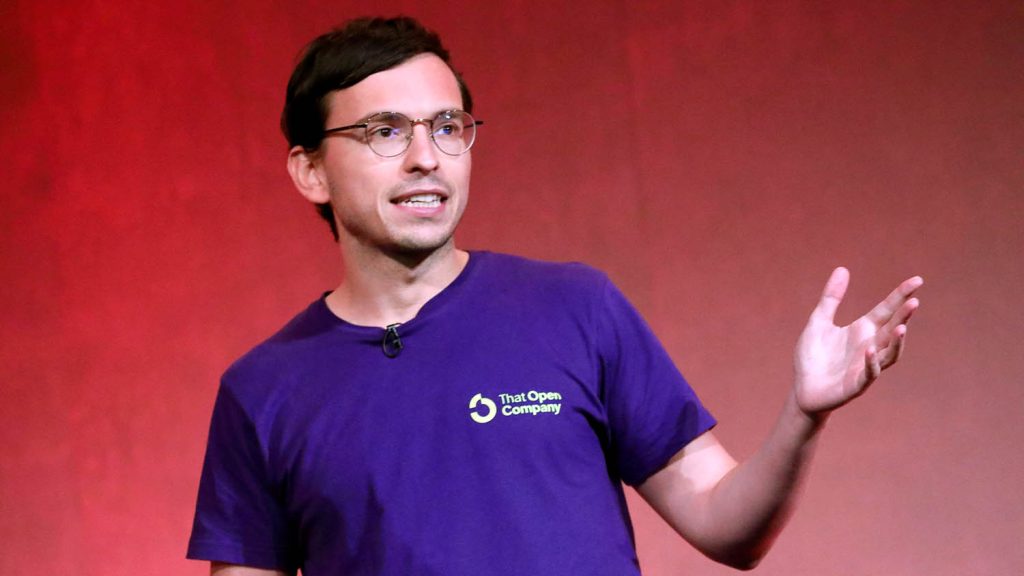NXT BLD and NXT DEV offer a unique opportunity to witness the evolution of BIM 2.0 firsthand. This year, four leading startups will present their commercial products, alongside a wealth of additional innovations
For almost twenty years the AEC software world was centred around Autodesk Revit and its definition and workflow of BIM. The concept was to ideate, model detail designs and create all the necessary drawings in one monolithic platform.
But software typically has a lifespan, where it needs to be rewritten or rearchitected (for OS changes, new hardware, and to clean-up years of bloat).
Find this article plus many more in the March / April 2025 Edition of AEC Magazine
👉 Subscribe FREE here 👈
Following open letters from customers concerned at the lack of Revit development Autodesk explained that it was not going to rewrite Revit for the desktop, but instead would develop a next generation AEC design environment on the cloud, branded Forma (N.B. Carl Christensen, the Autodesk VP in charge of delivering Forma, will be presenting at NXT BLD on June 11).
This gap between Revit and what will come next has presented an opportunity for new software developers to rethink BIM and its underlying technologies, to bring the AEC design software into the 21st Century. Investors have become equally excited and NXT BLD and NXT DEV will provide a unique forum for multiple startups—Snaptrude, Motif, Qonic and Arcol—to present new commercial BIM 2.0 products, with more firms in stealth, probably in the audience!
While the velocity of the startups is impressive, we need to temper expectations by pointing out that competing against established desktop BIM applications, which are 20+ years old, will take years (and millions of dollars). Over the coming years, expect to see these tools become more feature comparative.
While BIM 2.0 shifts the focus away from producing drawings, there’s no escaping their continued importance to the AEC industry. That’s why there’s also a big focus on autodrawings, as this AI-powered technology promises to massively reduce the time spent doing the mundane boring work. Autodrawings could also mean fewer licences of BIM software are required. Both Snaptrude and Qonic have developments here. However, it’s quite possible that autodrawings and AI will become cloud services that don’t need to be in an all encompassing BIM platform.
At NXT BLD / DEV you can meet and engage with all these firms, plus many more individuals innovating in the AEC space, such as Antonio González Viegas of ThatOpenCompany and Dalai Felinto of Blender bringing the benefits of impressive Open Source tools to our industry. We hope that you will join us.
NXT BLD 2025
London
11 June 2025
www.nxtbld.com
NXT DEV 2025
London
12 June 2025
www.nxtdev.build
Arcol
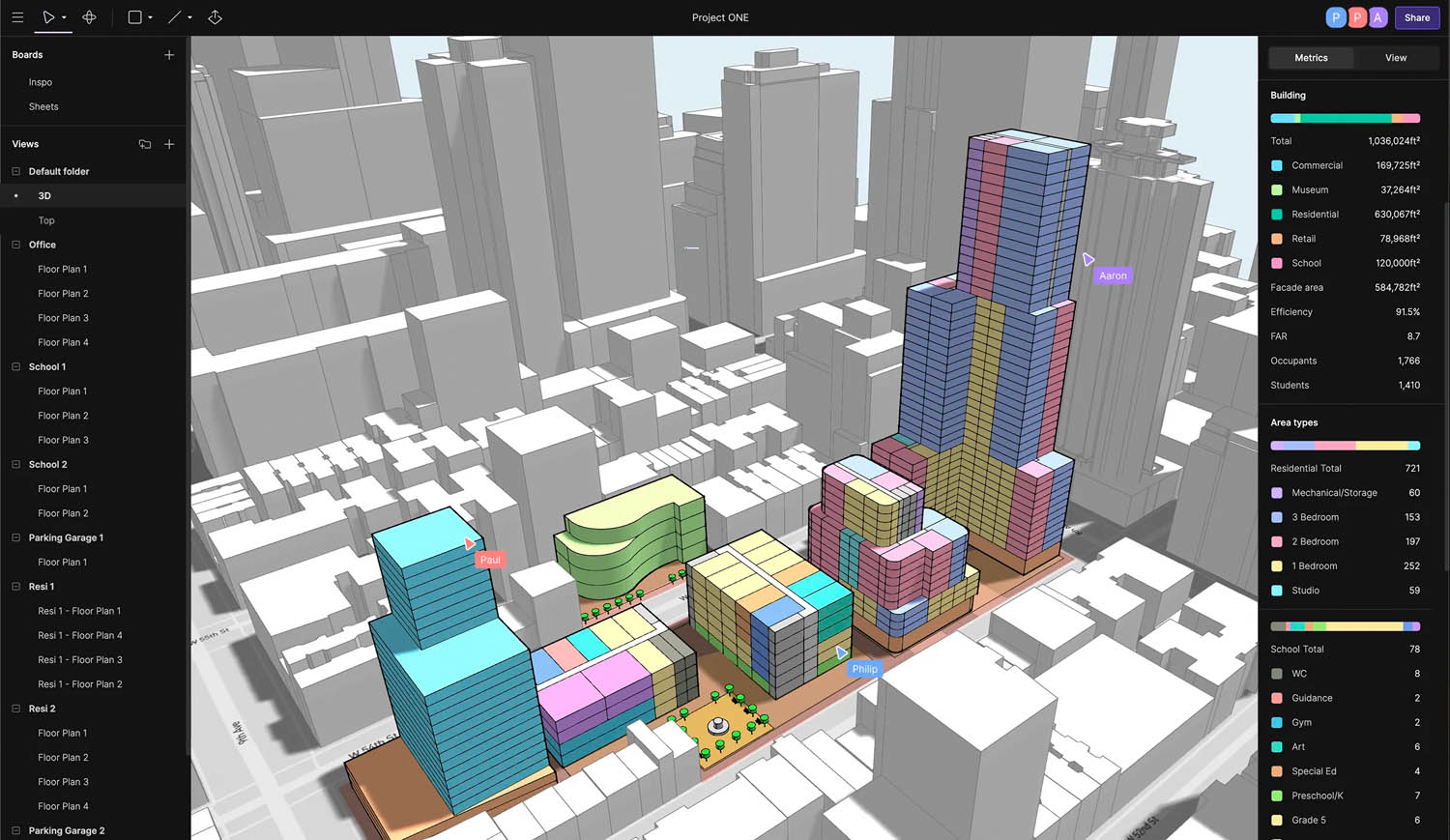
Based in New York, Arcol is headed up by Irishman, Paul O’Carroll, who brings a games development background to BIM and 3D. One of the earliest to profile its approach as ‘Figma for BIM’, the company has attracted investors such as chief executives of both Procore and Figma.
Arcol has focussed heavily on concept design for its initial offering, enabling live in-context modelling with building metrics and data extraction and collaboration built-in. The software supports complex geometry, an easy to learn UI, board creation for presentations (which can be shared by just sending a link), live plans and sheets. It integrates with Revit, SketchUp and Excel. Reports are highly visual and Arcol see it as a replacement for PDF as well. The solution is aimed at architects, developers, general contractors and owners. Arcol will be officially shipping by the time of NXT BLD.
Motif
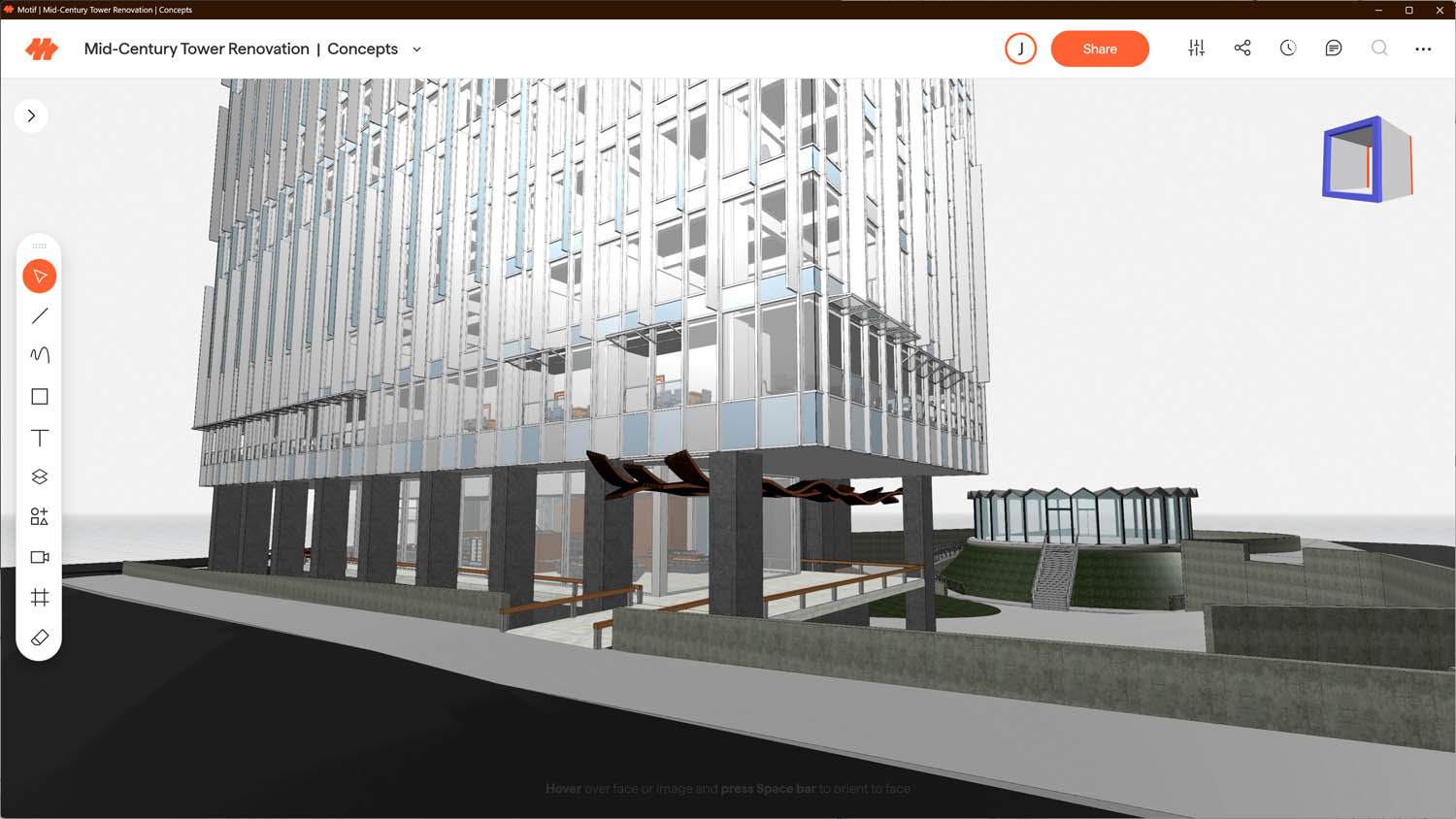
Motif is headed up by former joint CEO of Autodesk, Amar Hanspal, who has assembled the old gang to finish off a task he started in 2016 – the rewriting of Revit as a cloud application.
Motif is also pitched as Figma for BIM and is backed by Alphabet (Google) with a sizeable war chest. In stealth for the last two years, the company has been working with signature architects to learn what a BIM 2.0 application should be able to do – the idea being that by catering to the most demanding customers, the software should benefit everyone.
The company has just launched its first version but recognises the journey will take many years. The feature set of version 1 lends itself to design review and client presentations, taking aim at Miro, but with some Speckle and Omniverse like capabilities.
Qonic
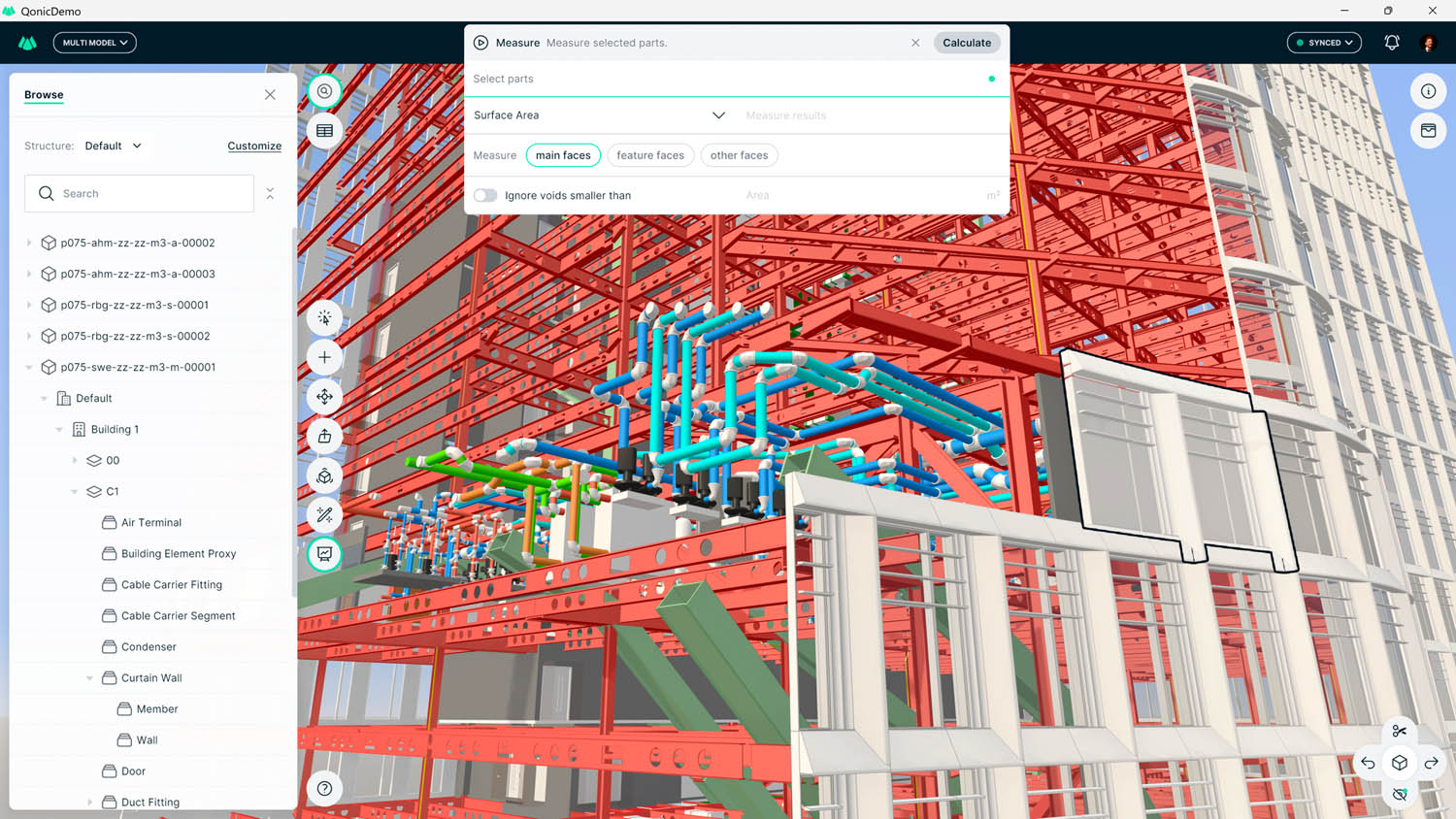
The origins of Ghent-based Qonic go back to TriForma, a BIM system which co-founder Erik de Keyser created and licensed to Bentley Systems. de Keyser then created BricsCAD and Bricsys – a DWG and formative BIM tool, which was later sold to Hexagon.
Many of the Bricsys team then started up Qonic, a cloud-based BIM 2.0 competitor which initially (and uniquely) focuses on the model and data interface between architecture and construction. Qonic can load huge Revit models and lets users fly through them with butter smooth refresh rates on the desktop or mobile. The program also has powerful solid modelling core for geometry edits, as well as supporting IFC component labelling. The initial release is exceptionally easy to use to see, manipulate and filter BIM data, as a CDE on steroids. The team is working on architectural tools, smart drawings and a range of features to expand capabilities.
Snaptrude
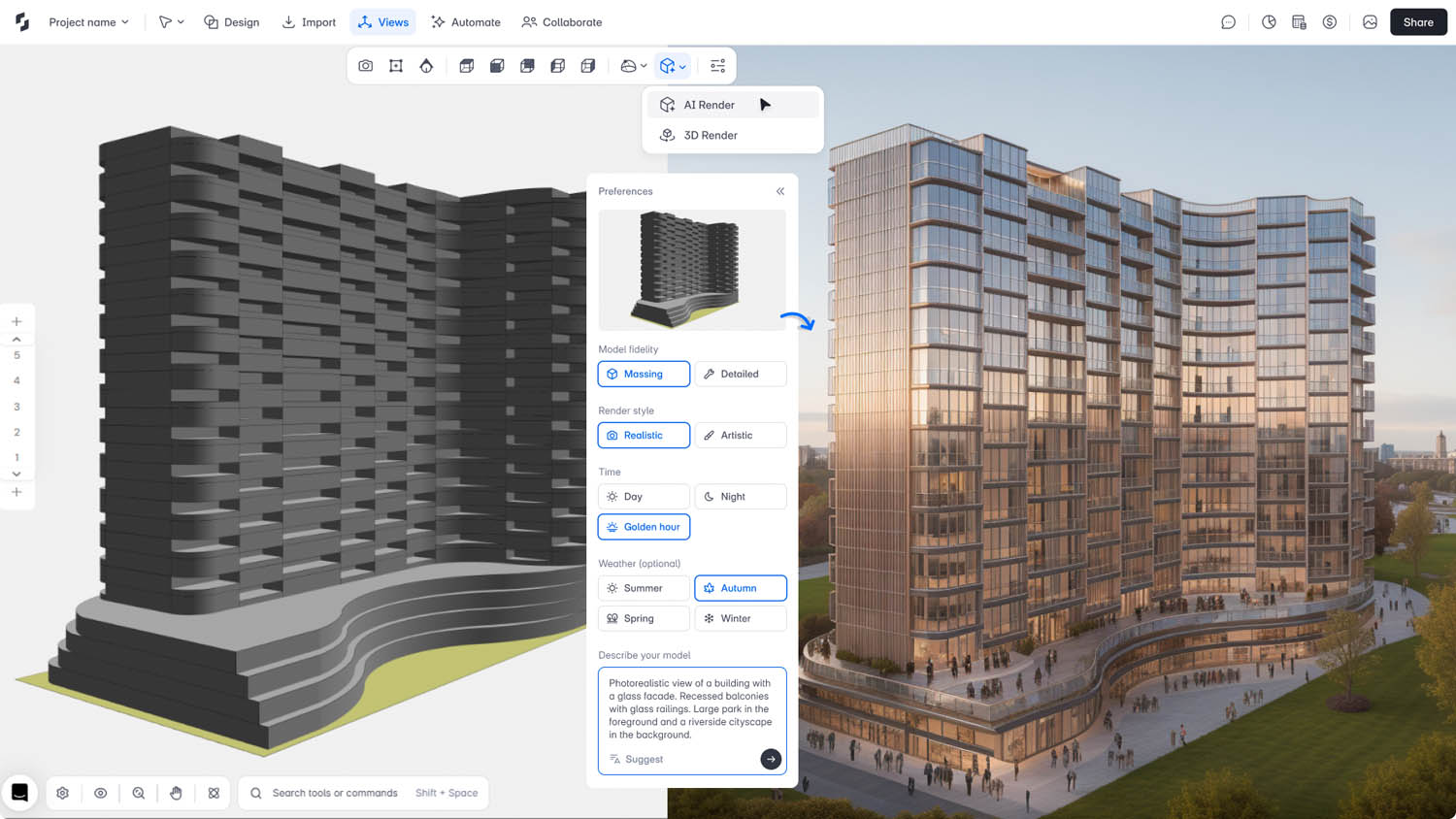
Snaptrude has the accolade of being the first BIM 2.0 startup that AEC Magazine discovered. CEO Altaf Ganihar was first to demonstrate cloud-based collaborative working on Revit models and has gone on to raise $21m in VC funding.
The New York-based company seeks to be a one stop shop for conceptual, detailed design and drawing production, while linking to all the common tools – Revit, SketchUp, AutoCAD, Rhino, as well as Nemetschek’s Archicad. Snaptrude currently offers the widest range of BIM 2.0 features from concept to AI renderings and drawings and looks as if it will probably be first with feature parity to Revit for Architecture, with plans to also support MEP and structural. With the biggest development team in the BIM 2.0 space the company is moving at pace to deliver on its aims. The company is soon to announce a range of major new features.
Main image caption: Antonio González Viegas, CEO of That Open Company, the creator of free and open technology that helps AECO software firms and practitioners create their own AECO software, will be speaking at NXT DEV again this year.

